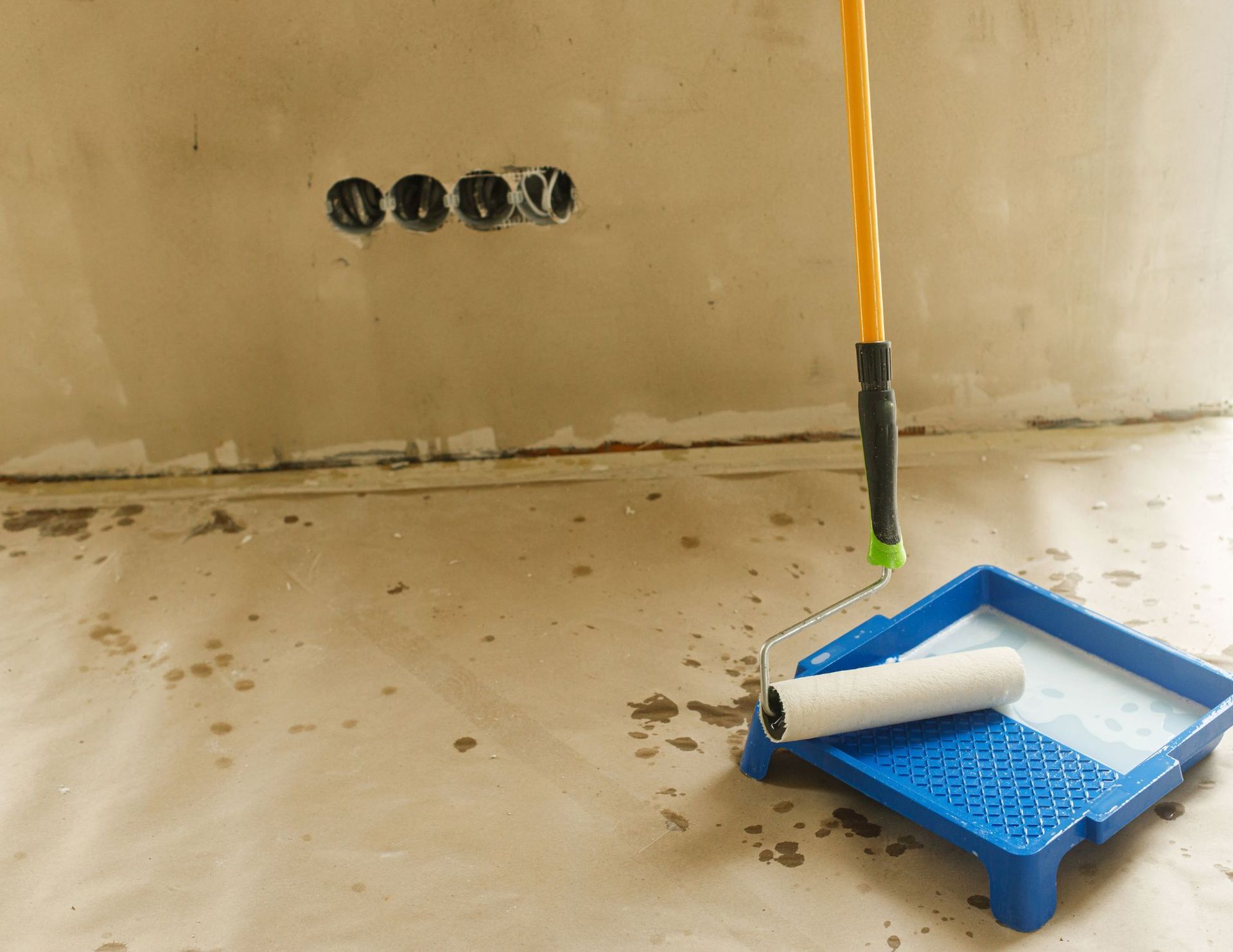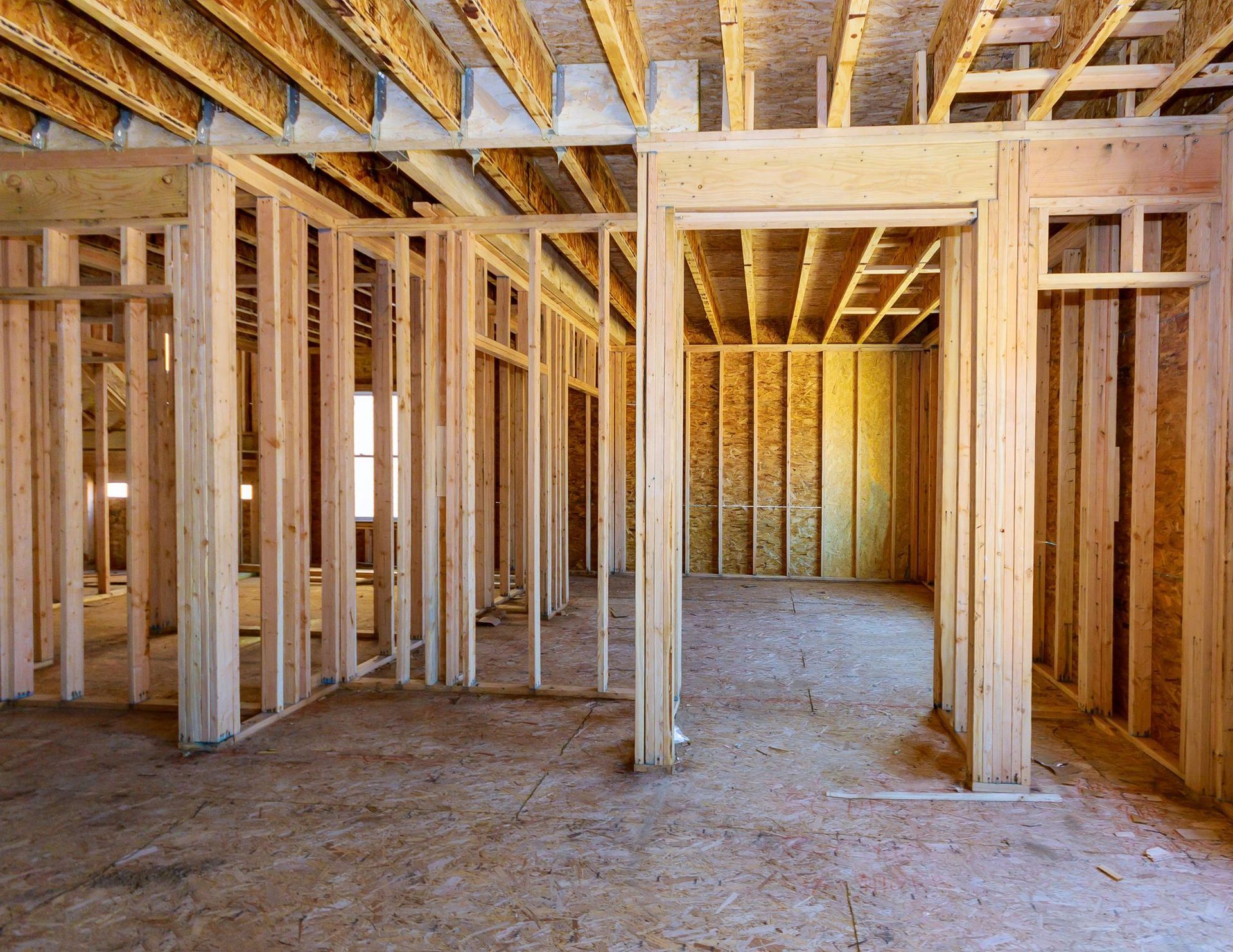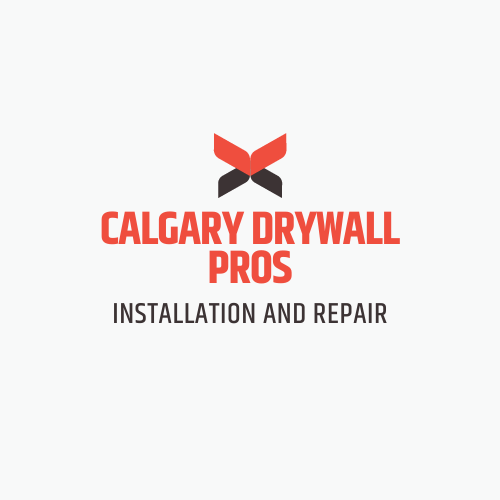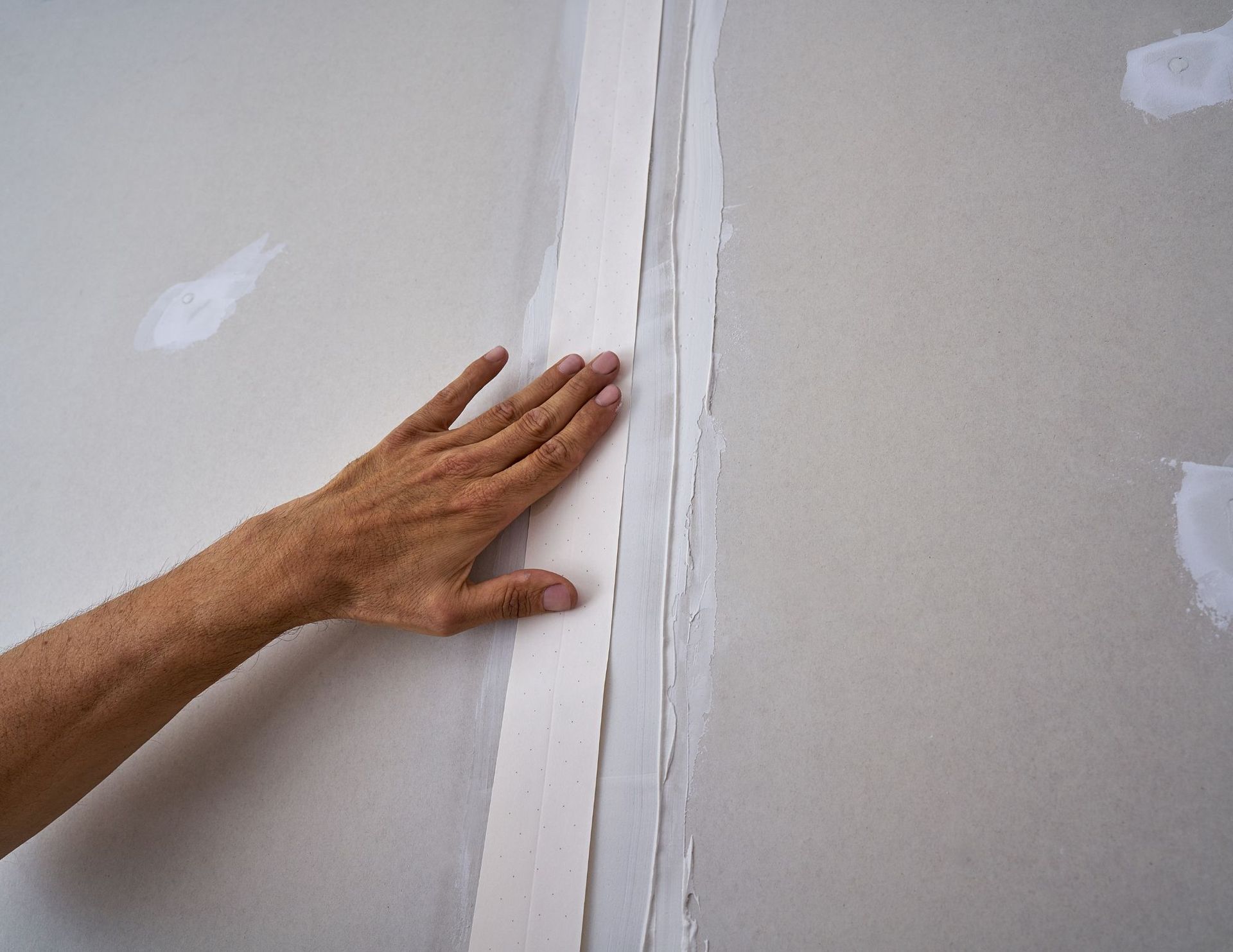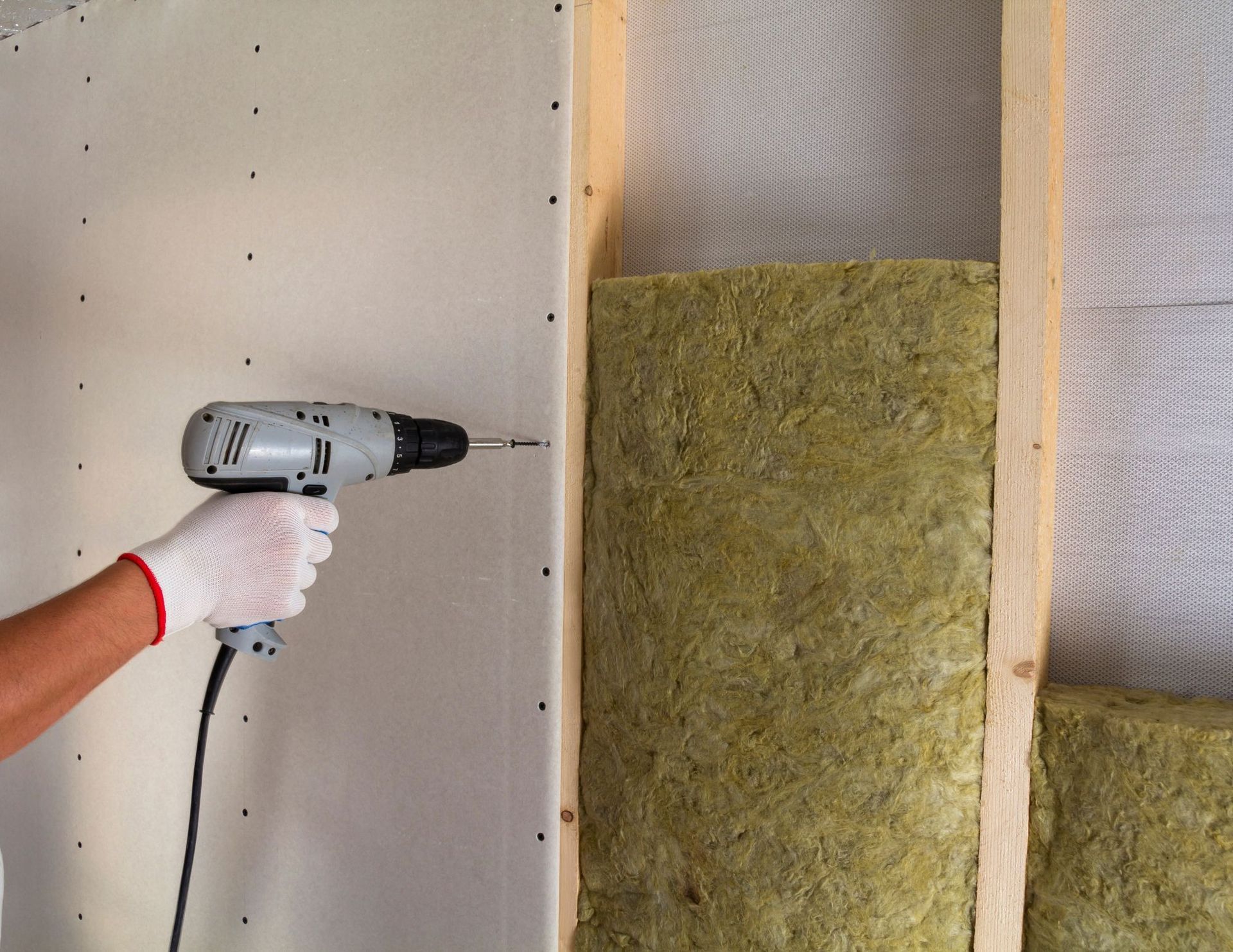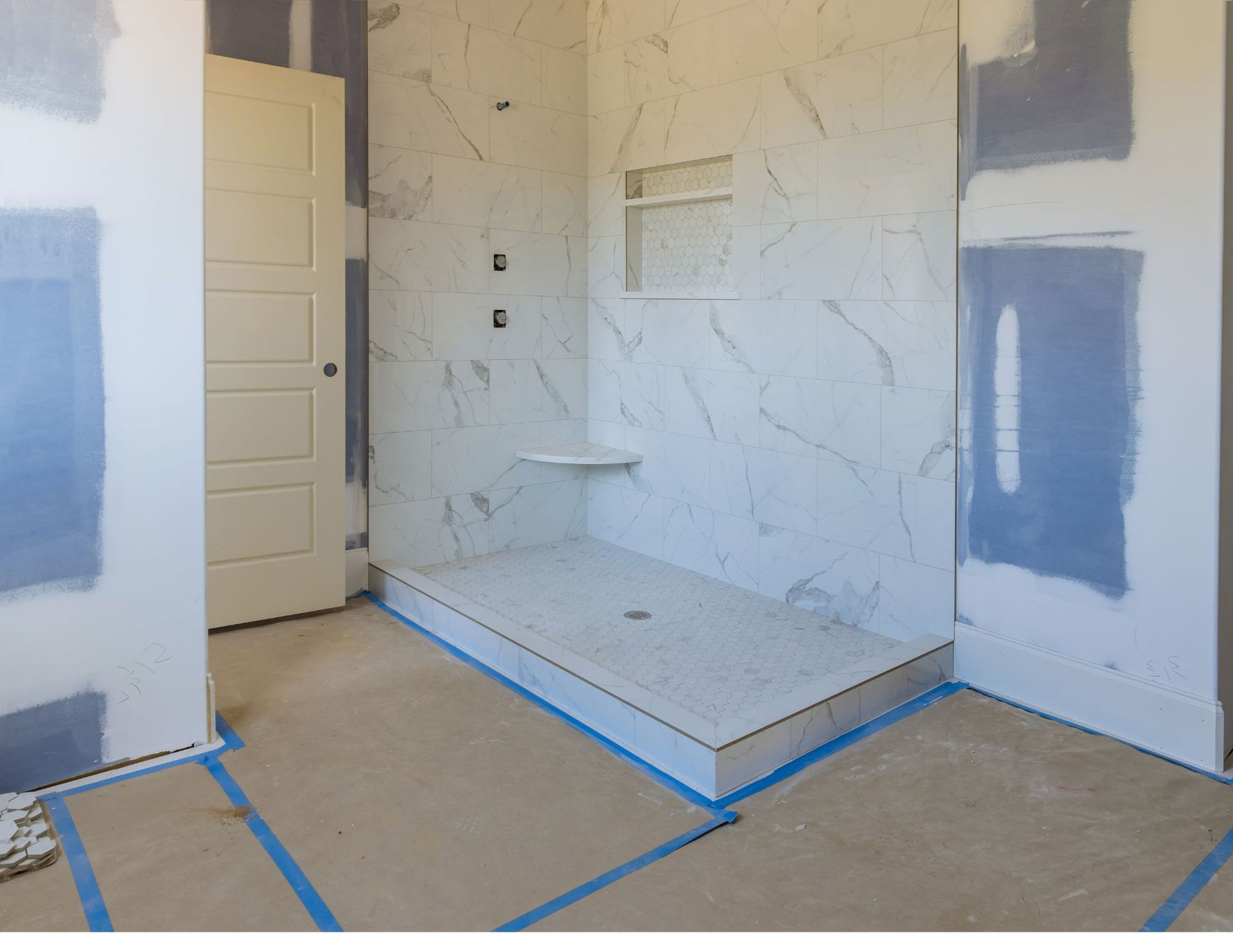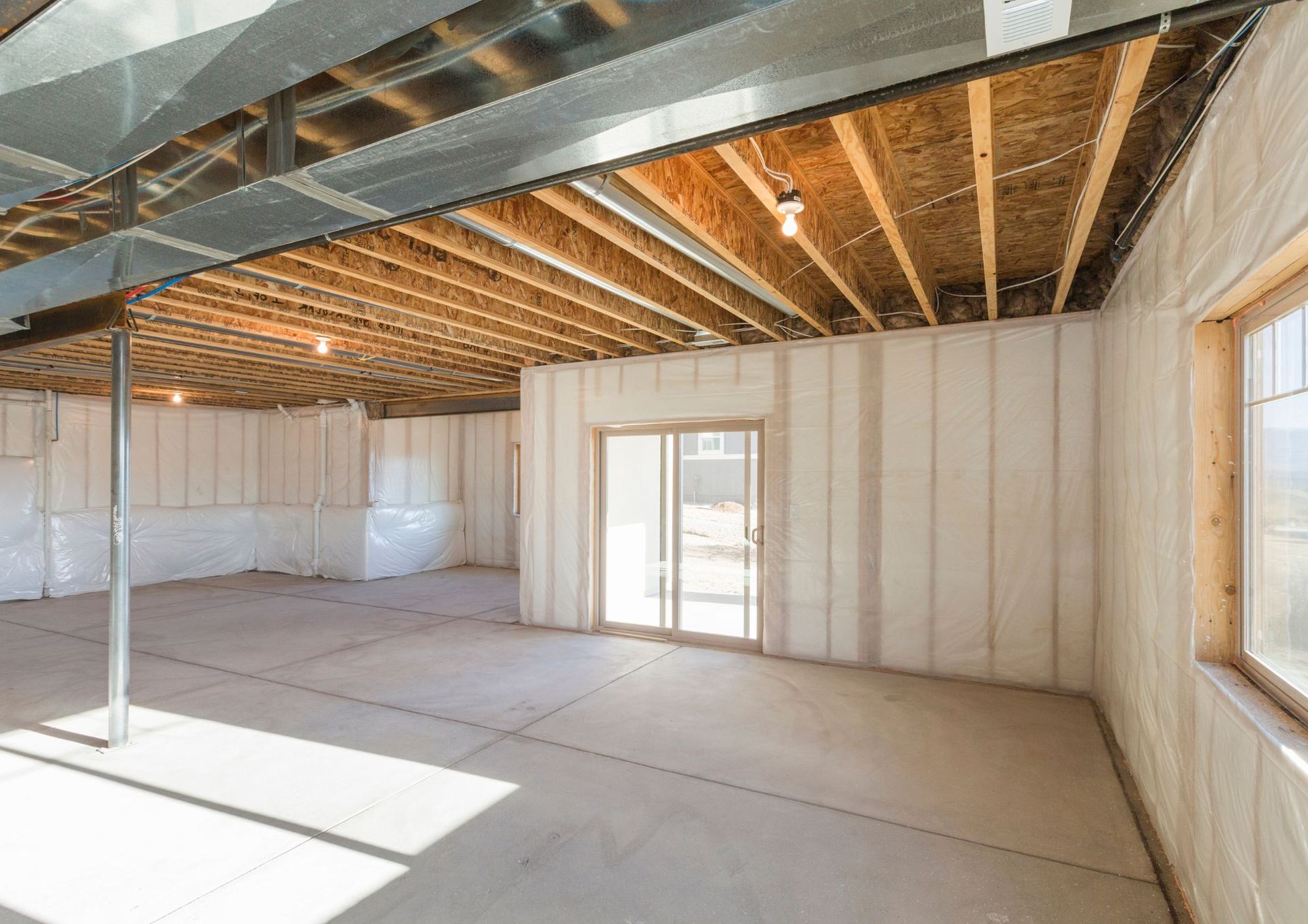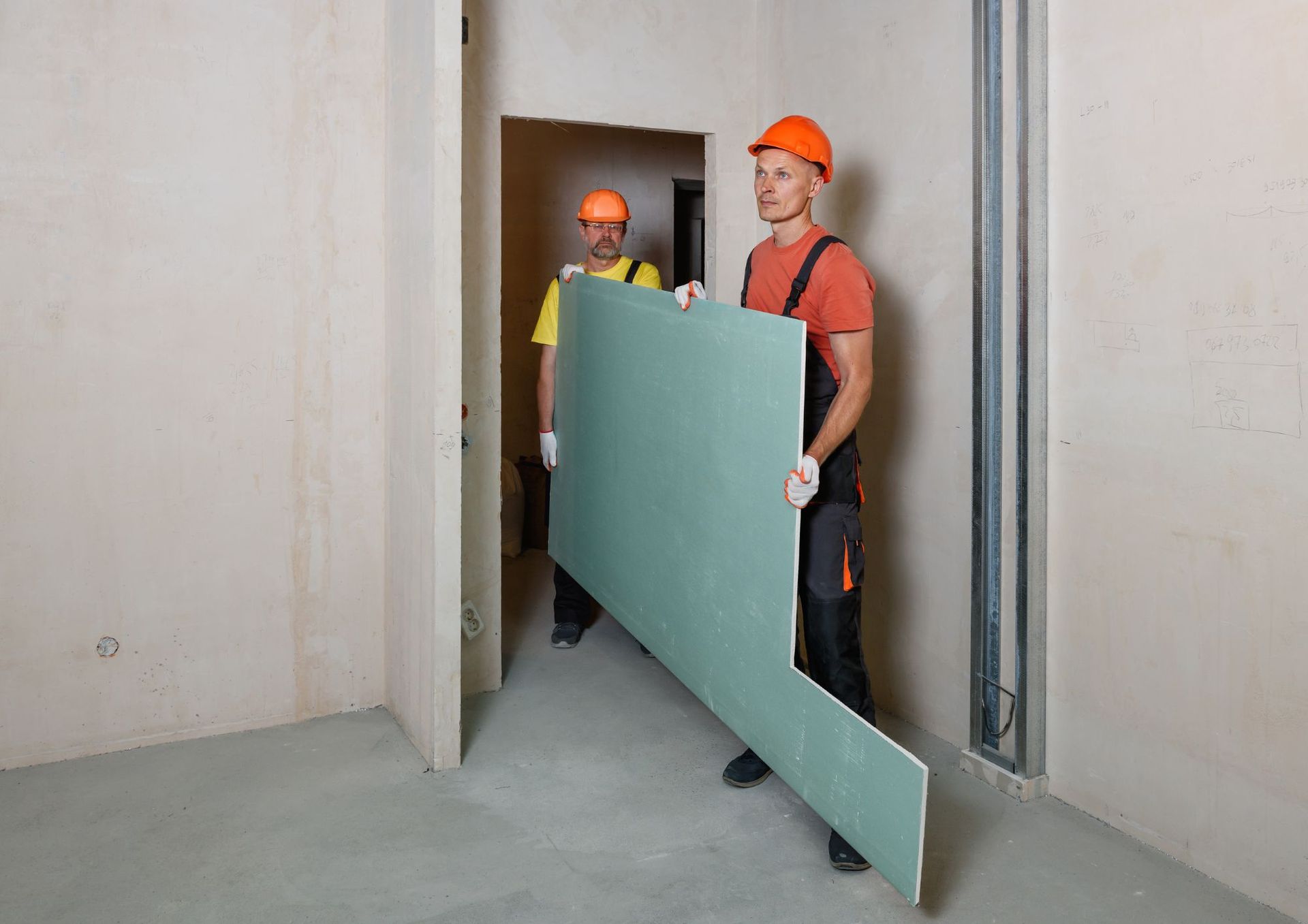Steps of Drywall Installation
Learn the steps we take to install your drywall properly!
Drywall installation is the main service that our contractors provide. It's a process that involves a series of steps that, when done correctly, will result in a smooth, even surface ready for painting or wallpapering. Having your drywall installed properly is of vital importance and we make sure to do it right the first time. Below are the steps we take during every project.
Measuring and Planning
Every project we work on starts with proper planning and measurement to ensure that we've got all the right materials and tools. Every job is different and we need to take everything into account including angles, archways, widths, depths, and everything in between, After measuring, the next step is to plan the layout of the drywall sheets. This involves deciding where to start and which sheets should be installed first to minimize waste and ensure a smooth finish.
Cutting Drywall
A lot of the time, drywall sheets can be hung at full size and don't need to be cut. However when we're dealing with angles and tight corners, or sections that can't fit an entire drywall sheet, we need to cut it down to the proper size. We do this by using t-squares and tools to ensure that every piece is cut to the exact measurements we need to create smooth walls and to make sure that there are no gaps between the sheets or corners.
Installation
With the drywall cut to size, it's time to begin the installation process. We lift the sheets into place and secure them to the walls and ceiling using drywall screws. We also make sure that the joints are staggered so that the wall as a whole will be much stronger when completed. All of the smaller areas that require cuts are then put into place using the same process as above. Then we need to move onto the next step which is where the real expertise comes into play.
Taping and Mudding
Once the sheets are in place, we need to make sure that the wall is completed uniform and looks like one big sheet when we're done. Proper taping and mudding can sometimes be seen as an art form, and it is the part of the process that we pay the utmost attention to. We put one multiple coats to ensure that everything is completely smooth and seamless. Then we'll sand the surface to get rid of any final imperfections in the wall.
If there are any gouges or ridges on the wall when the primer and paint go on, then it will be super noticeable when the job is complete. Making sure that the taping and mudding followed by the sanding is done right is the best way to ensure that the final product looks absolutely perfect.
In conclusion, drywall installation is a process that requires careful planning, precise measurements, and attention to detail. By following these steps, you can ensure a smooth, even finish that will look great for years to come.
If you're looking for expert drywall installation contractors give us a call today!
